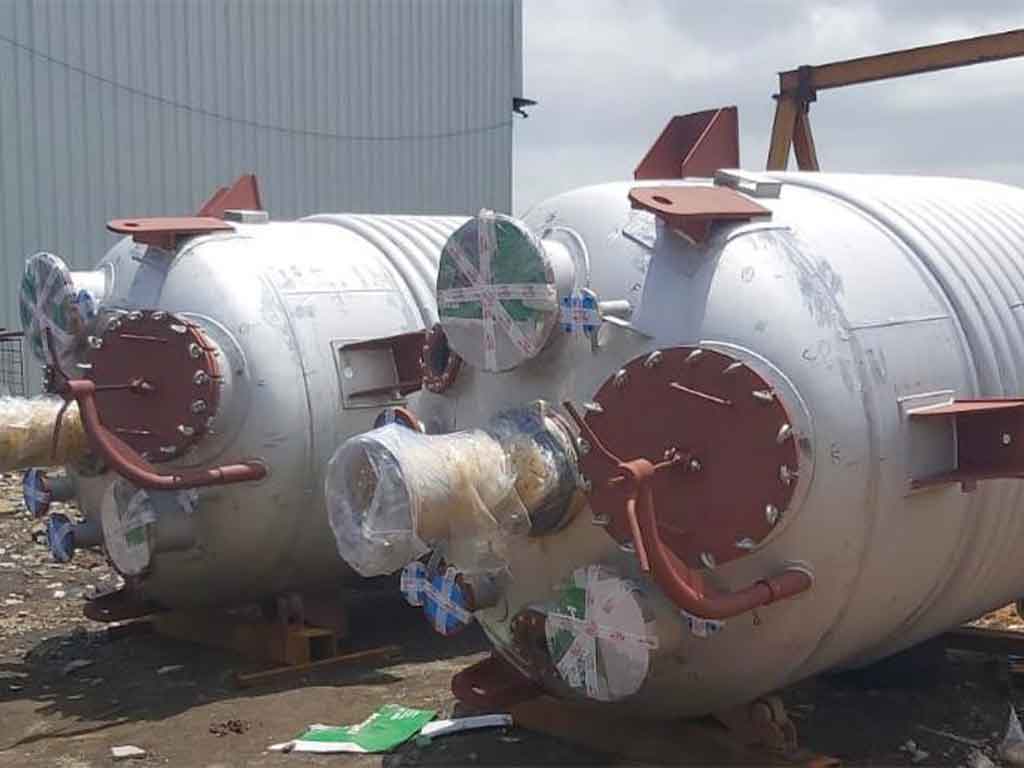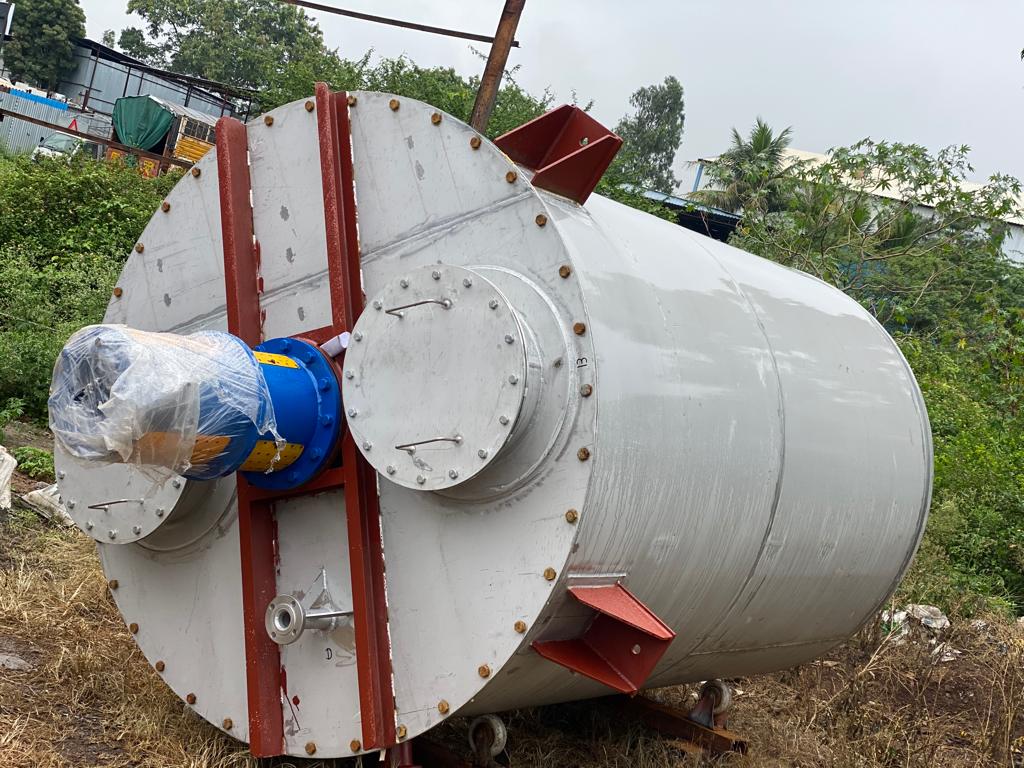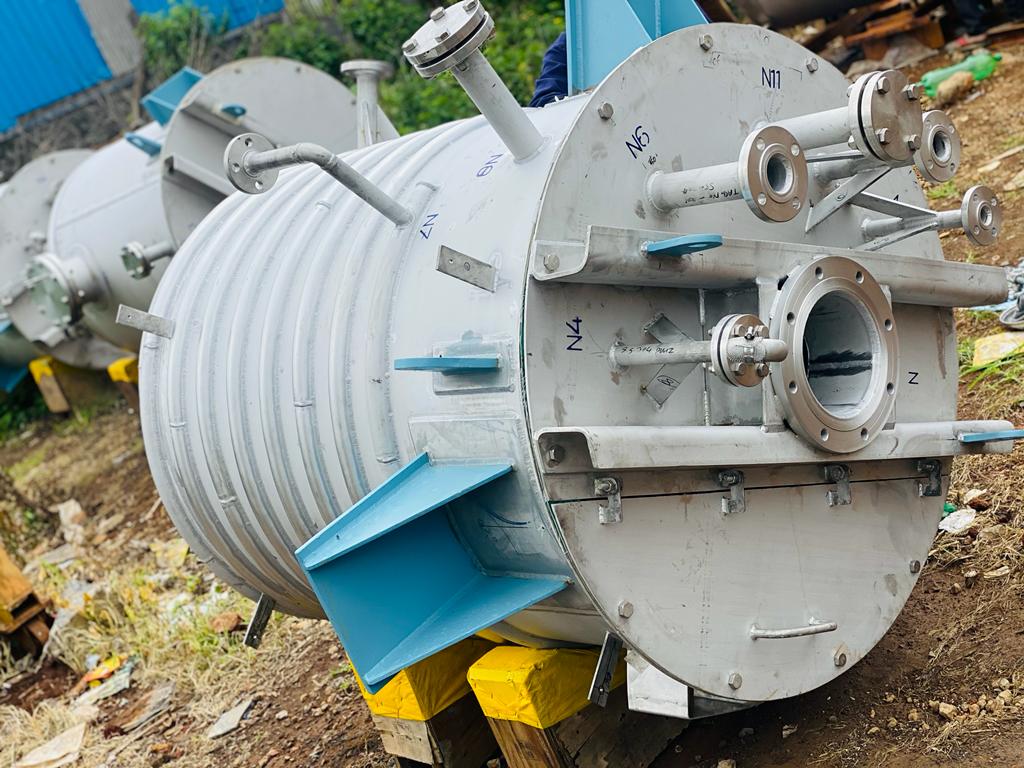
Hydro Generation System
Jacketed reactors maintain the temperature of the reactants, products, and catalysts during a chemical reaction. A utility fluid (e.g., cooling water, steam) flows through the jacket that wraps around the vessel to cool or heat the contents of the reactor.
The nature of the reaction is a critical consideration in designing reactors. Heat may be
released (exothermic reaction) or absorbed (endothermic reaction) during a chemical
reaction. Cooling or heating is important to provide favorable conditions for the
reaction, thus maximizing product conversion and increasing efficiency,... and to prevent uncontrolled increase or
decrease in temperature during the reaction. Therefore, a jacketed reactor must be
considered.
Packed bed reactors are cylindrical vessels that contain an immobilized bed
of catalyst. The liquid or gaseous reactants flow from one side of the vessel, and
the reaction takes place on the surface of the solid catalyst. Packed bed reactors
provide high conversion per weight of catalyst and more contact area for the
reactant and the catalyst. However, in these reactors, the cylindrical vessel must
be able to support the weight of the catalyst bed.
Fluidized bed reactors also contain a bed of catalyst. In these reactors, the
gaseous or liquid reactants pass through the bed at high velocities which suspend
the solid catalyst inside the vessel and make it behave like a fluid. The
fluidization of the catalyst allows thorough mixing of the reactants in all
directions, resulting in attaining high reactant conversion and mass transfer rates,
and uniform temperature across the reactor



